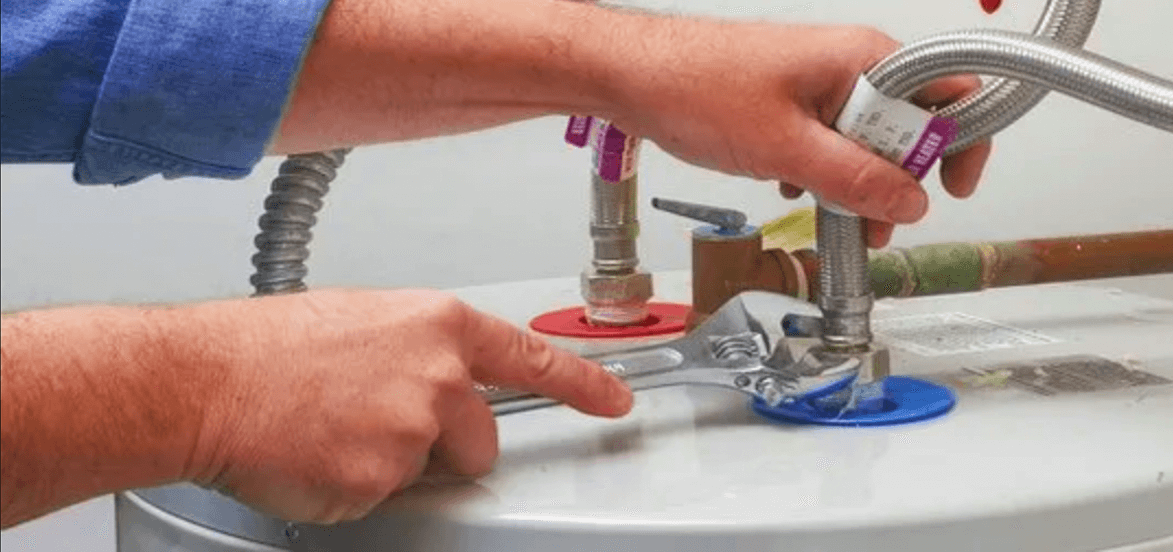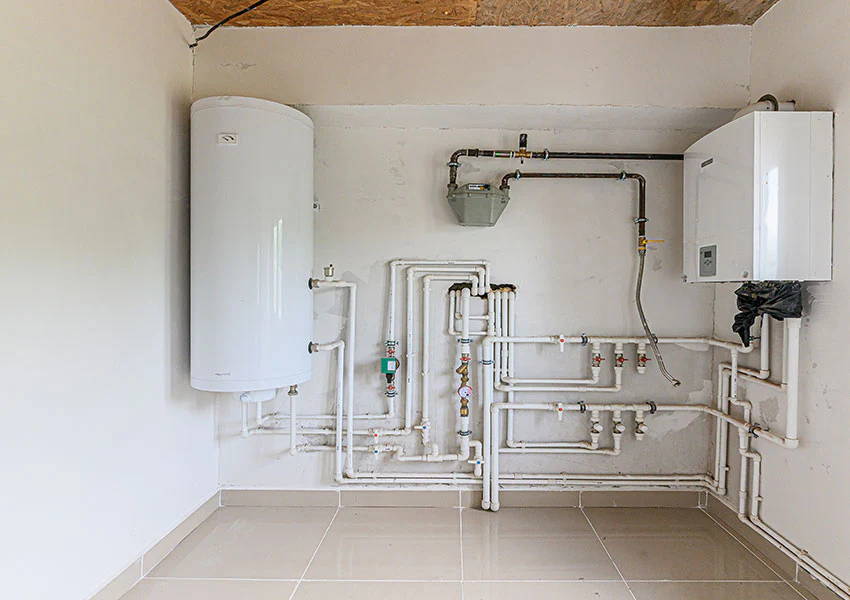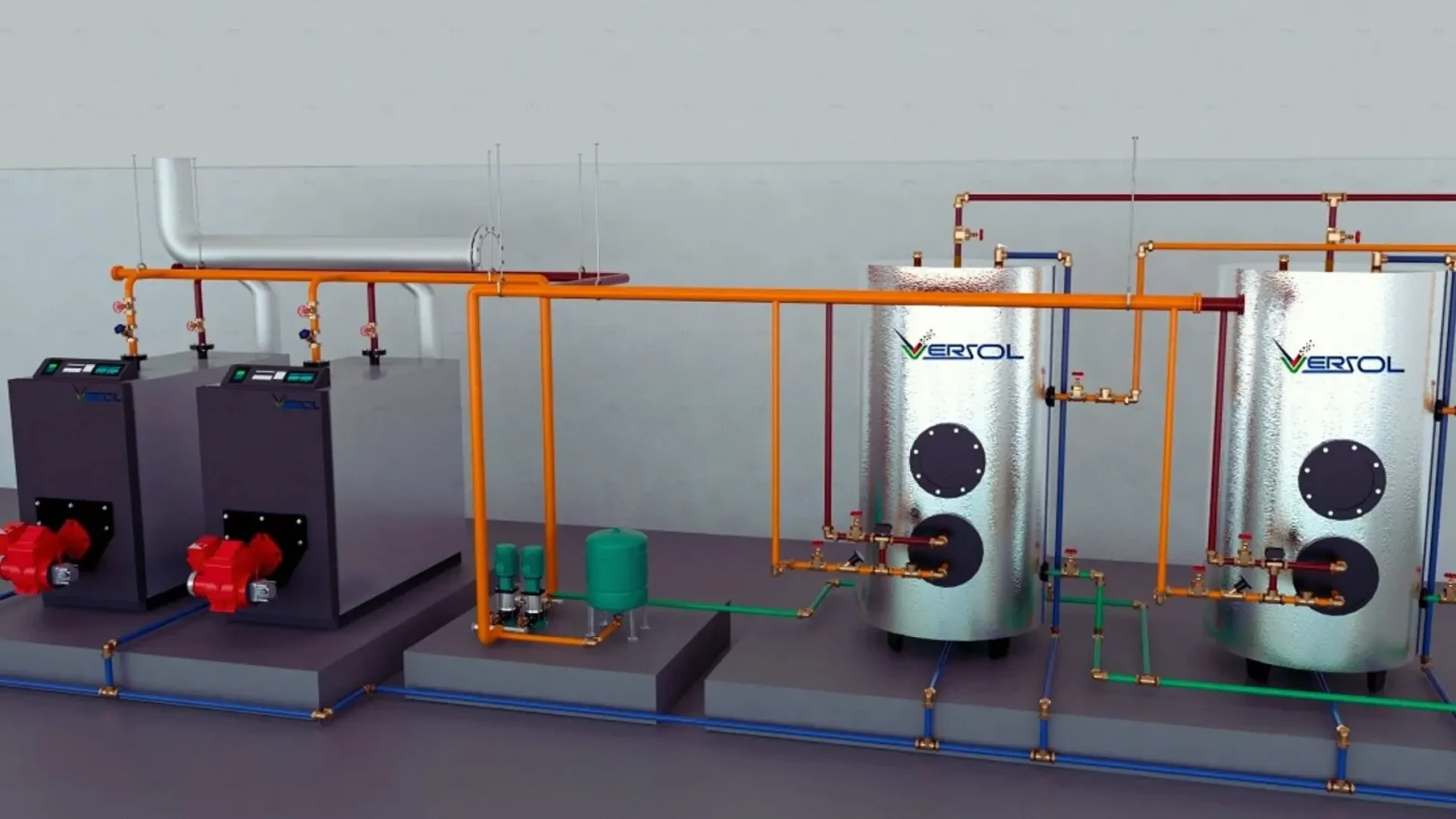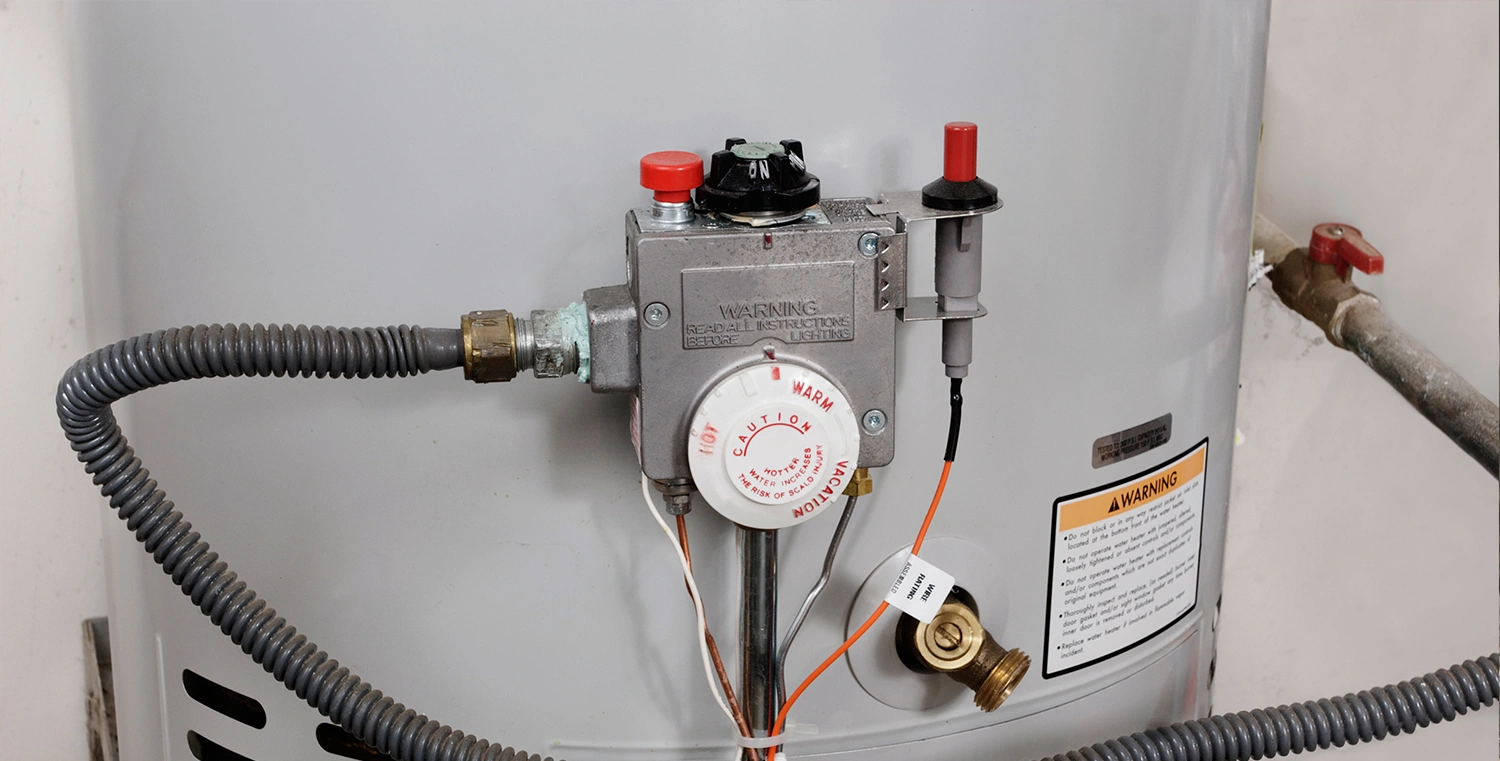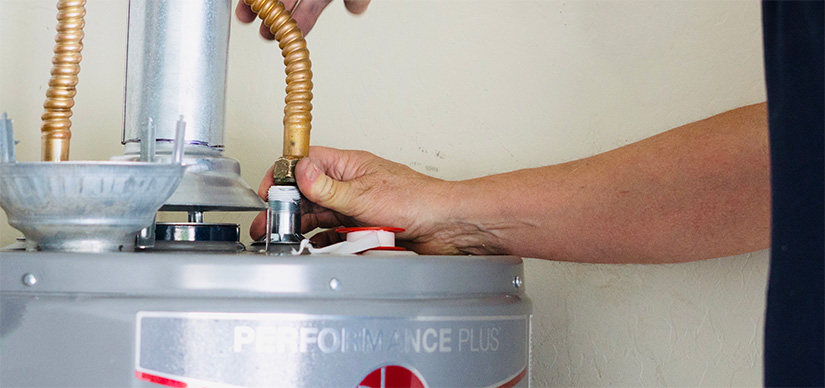What Steps Should Be Taken To Install A Tankless Water Heater Correctly?
How To Install a Tankless Water Heater? Step-by-Step Guide From Experts!
Even though they see a lot of use on a regular basis, water heaters do not get the treatment they deserve. Water heaters are not just a luxury; they are a need. Water heaters account for roughly 20% of a family’s expenses. That is not a small sum of money.
The majority of households are unaware that water heaters use a significant amount of electricity second only to heating systems. The cost of a water heater can range from $200 to $900 per year, based on whether it is powered by electricity and gas, with natural gas being significantly less expensive than electric water heaters.
In the USA, almost every house, apartment, or condominium has at least one water heater. Surprisingly, many of them are ancient or on the verge of collapsing, which can result in catastrophic water damage if not repaired. Over 27 million houses, according to some studies, have water heaters that are more than 10 years old. Most water heaters have an expected duration of ten years. Based on its usage and the kind of tankless water heater installation you choose to put in your home, it could last anywhere from a few years to a few decades.
When your water heater is due for maintenance or has to be changed entirely, there are warning signals to look for. With so many variables to consider, it is difficult to know which water heater is best for my property, lifestyle, and needs. Let us look at the advantages, drawbacks, and proper installation process of the tankless water heater.
Tankless Water Heater Benefits, Drawbacks, And Installation
From entertainment and news to restaurants, “on-demand” is in high demand these days. Tankless water heaters are becoming popular because of their capacity to offer hot water whenever it is needed, and this trend has spread to the plumbing industry. However, before you choose a tankless unit, make sure you understand the benefits, drawbacks, and installation issues that come with this money creation.
What Are The Advantages And Disadvantages?
Tankless water heaters, unlike standard water heaters that heat water in a water tank, give hot water “on request” or only when it is needed. They do not have the same residual heat loss as storage water heaters since they heat water immediately without a tank. Whenever the hot water tap is turned on, cold-water flows through a conduit into the tankless device, where it is heated by either a fuel or an electric component. Therefore, tankless heaters can provide a continuous supply of hot water.
Tankless water heaters are more expensive than regular units, but they save money in the end. Tankless systems can save an average household $100 or more per year, depending on water demand, because they consume 30 to 50 percent less electricity.
Smaller tankless systems do not always produce enough hot water to machines and baths at the same time, in addition to significant upfront expenses. Most tankless systems also necessitate professional water heater installation due to their high-powered burners, which have a separate, sealed vent network. Tankless water heaters, on the other hand, not only provide on-demand hot water and decrease long-term energy expenses, but they also conserve space and come with longer guarantees.
Factors To Be Considered During Tankless Water Heater Installation
While installing a tankless water heater is feasible, it is not a project for novice do-it-yourselfers. Tankless water heaters come in a variety of sizes and types, including propane, gas, and electric, as well as single-room and whole-house variants. Because tankless heaters use more gas than even the largest home furnace, you will need to check with your local gas supplier to ensure that your gas mainline is properly sized. You will need to understand how to detach the tank without leaking gas and turn off the gas line to the existing water heater. You will also have to pay somebody to properly dispose of the old tank.
When you are ready to install your new tankless water heater, you will need to install the specific sort of vent that your model needs. Unless you are fortunate enough to have a sufficiently sized power source near, you may also have to wire in the additional water heater. All of this will necessitate electrical knowledge as well as plumbing competence. It is possible that you will need to upgrade your gas pipes to meet the additional demand. Many projects also necessitate the construction of new water lines and relief valve outlet lines, both of which require soldering. Lastly, double-check that the actual implementation complies with building regulations and and your home policy covers the damages caused by faults.
With all of this in mind, it is usually a good idea to hire a professional to install a tankless water heater. When you buy your unit from a dealer, you usually get a discount on setup. You might be able to get an even better deal by contacting local expert plumbers or electricians.
1. Possible Areas Of Installation
When it comes to where you will put the heater, you have a few possibilities. Take your time to consider the many locations in which you can put it, as this will have a significant impact on its effectiveness.
The tankless water heater is compact. As a result, it can be used in compact spaces like under-stair storage, closets, pantries, and under the sink. In the event that you need water heater services in the future, make sure it is both convenient and practical.
You can use a tankless water heater only inside. If you are going to put it outside, make sure you have an appropriate enclosure. However, this is for keeping it safe from things like splashing water, rain, bugs, direct sunshine, and debris. Also, you should not install in areas where it might freeze.
Cold water in your tankless water heater can cause serious and irreversible harm. The majority of the time, the policy does not cover it. So, kindly do not turn it on and wait when the water heater has frozen and during the inspection of the system for leakage. If the water within your heating system has frozen, get in touch with us.
2. Choosing The Location
Choosing the optimum location for your water heater can be difficult. Fortunately, there are a variety of possibilities. Inadequate planning may result in erratic water temperatures. Water flow issues, the necessity for routine maintenance, or, worst of all, system damage.
It is preferable to place the tankless water heater in the same area as the old one. Only a few adjustments are required. You will save money on installation this way. However, you will use the existing hot water line, as well as the water and gas sources. If you choose to go with this plan, you will need to change the venting to fit the newer tankless water heater.
Otherwise, think about your current plumbing setup. Your preferred site should not necessitate major changes to the current plumbing system. This is due to the possibility of incurring additional costs if the entire system is re-routed.
Its best if the location is adjacent to the actual electrical panel. Keep it near all locations that require hot water, such as the restrooms, kitchen, and laundry room. The time it takes for hot water to get from the heater to the faucet is reduced when it is close to the point of usage.
It is also necessary to have a dedicated gas line. You just need one gas line to feed the heater and water heater when they are in the same area. However, when the two are working together, this can be a problem. Worse, if the supply line is not large enough, the two units might not get enough gas. Most of the time, the water heater loses its way to the heater, leaving you without hot water. This can be a major annoyance.
Try following the manufacturer’s setup documentation to reduce these occurrences. If plumbing is not your subject, hire a professional to offer you the best Tankless Water Heater Installation. In the long term, it pays off. Always make sure you access regular maintenance for your heater.
3. Other Factors To Consider
If your property is custom constructed, you will have more options when it comes to installation. And if you bought a new home, however, little renovations will suffice.
As previously said, it is critical to locate the water heater where hot water is most needed. For example, in a home with two levels and a basement, the basement is the worst spot to put heaters. The optimal location for the unit to be installed is on the second storey. This assumes your laundry room is on the first or second floor.
Make sure the heating or outlet water pipe meets any combustion products. Keep a 24-inch gap between the flammable part of the water heater and the hot water output line.
Remember to follow the law at all times. Put your tankless water heater in accordance with the local codes in your town or region. If none exists, at the very least, adhere to the latest version of the National Fuel Gas Code.
You must place the water heater near air conditioner lines or under dripping pipes for safety purposes. In addition, the water heater should not be placed above an electrical box. In the event of a water leak, this could result in a fire.
A high current power source is required for a tankless water heater. As a result, make sure your gas supply lines are big in diameter.
The manifold gas pressure is computer controlled and preset at the factory, so they do not mess.
Make sure children cannot get to the electrical sub-panel or the outlet water mains. This will keep children safe from getting hurt or fiddling with the temperature settings. The exit water pipe may start boiling at times, posing a risk to youngsters.
The Benefits Of Replacing Your Water Heater
As previously stated, understanding when to repair your water heater is critical. It is natural that most homeowners put off updating their water heaters because of the cost and inconvenience. Inaction, on the other hand, might have considerably more costly effects. If your water heater bursts, it may flood your house, causing substantial water damage and necessitating the replacement of more than simply your water heater. Whenever you start shopping for a modern water heater, here are a few things to look at and think about.
A water heater’s average age is ten years old. If your water heater is more than 10 years old, you should have a skilled plumber come to your house and evaluate it before choosing whether it is time to replace it or wait another year.
Water Heater Leaks and Rust – If you think your water heater is failing, it is probably necessary to update it. Rust around the rims at the top and bottom of the tank is one clue that it has deteriorated to the point of spilling. If you do not act quickly, it could burst, flooding your house, basement, or utility closet with gallons of water. If your water heater breaks, it will result in water damage and will need more cash than replacing it. Get many quotes for a new water heater and setup.
Lack of Hot Water — A water heater’s primary duty is to provide hot water, so if it is not providing hot water to your house, you should be concerned. However, before you contact a professional for tankless water heater repair, make sure the pilot light is turned on. A little finger-sized glass window or opening must be visible towards the bottom of your water heater to see the pilot light. If there is not an open flame visible, it is time to call an expert.
Sediment in the Tank — When sediment builds up in the tank, it causes most water heater problems to flare up. This occurs when the elements in the water supply begin to calcify and accumulate in the water heater’s tanks. The experts recommend that you clean out your water heater on a regular basis to avoid corrosive build-up.
Water With a Foul Odor — If you notice a bad stench emanating from your sinks or baths, it is possible that bacteria is growing in the basins of your water heater. The odor would be quite strong, and it would smell like rotten eggs. While it is not a major concern, it is critical that you address it as soon as possible. Water with a foul odor can also be treated by cleansing the water heater’s tank with a solution of water and hydrogen peroxide.
Who Should You Call If You Need A Water Heater Installed?
Call All Star Plumbing For Water Heater Replacement Services
It’s time to call a skilled plumbing firm that installs and fixes new water heaters if your water heater is not working and you can’t figure out what’s wrong. All Star Plumbing has been delivering outstanding plumbing and water heater services for many years. In a matter of hours, one of our qualified plumbers will be at your home to diagnose the situation and provide cost-effective answers to your water heater issues.
We will check the burner component, investigate the exhaust flue of a gas or electric water heater, and evaluate the equipment for leaks or corrosion during a thorough water heater examination.
We also do any needed maintenance and upgrade your old water heater with a newer, more energy-efficient model.


